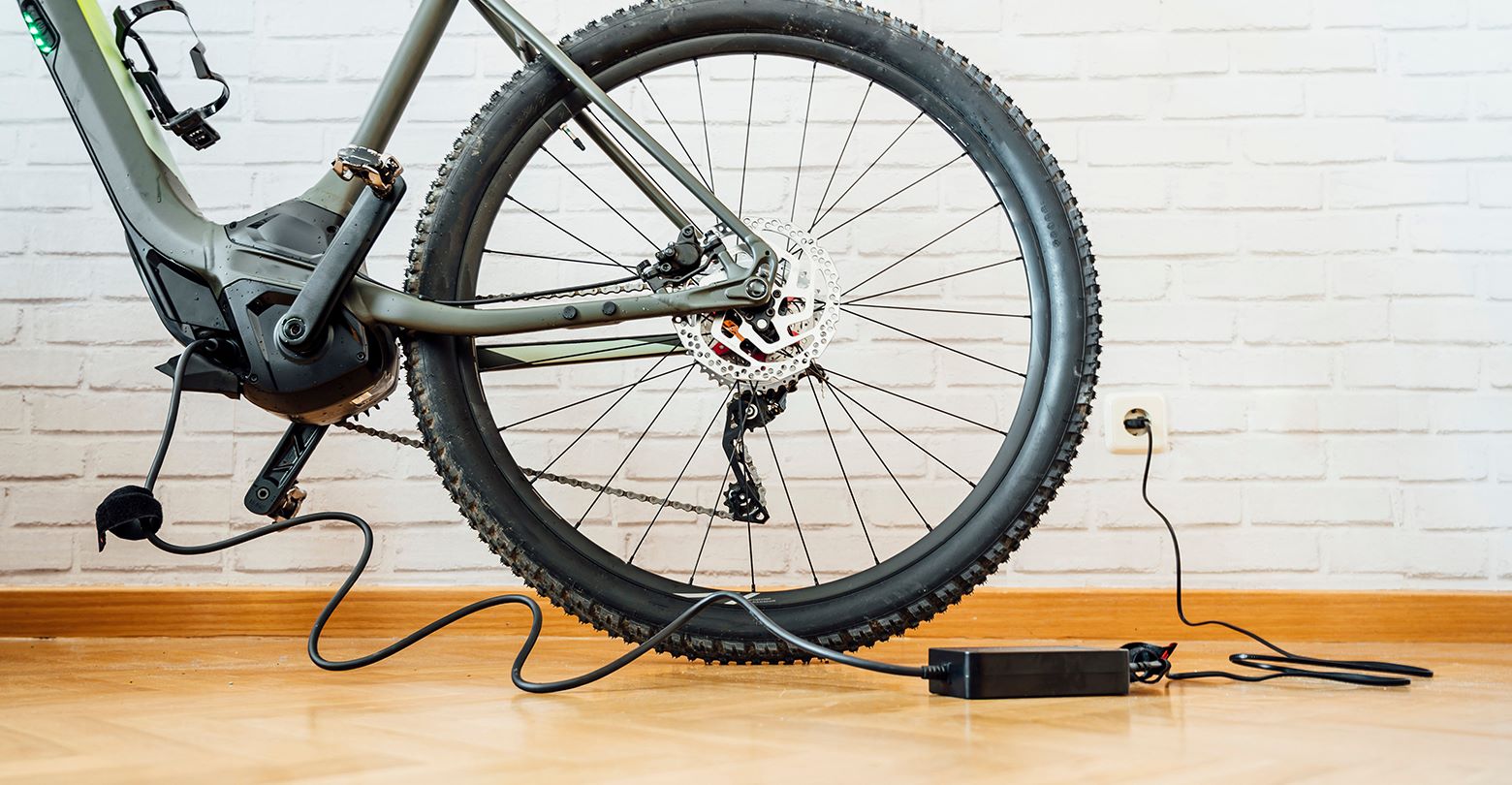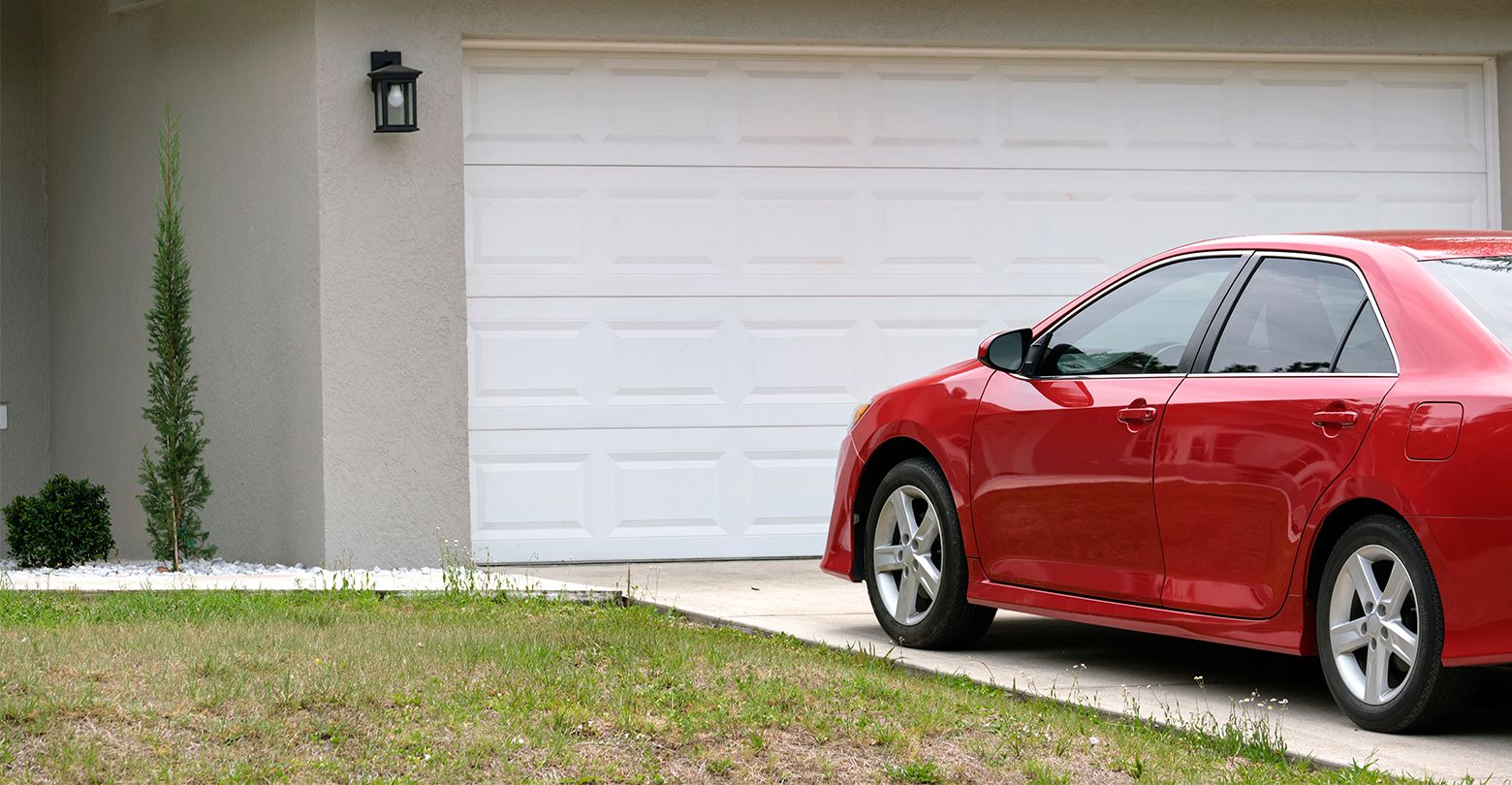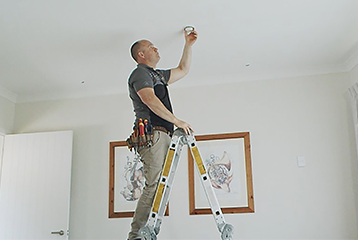Thinking of heading across the ditch to see the wonders of Australia? To make sure that your holiday goes off without a hitch, here are some useful tips to keep you safe so you can make the most of Australia’s spectacular landscapes.
Good news Kiwis – New Zealand holds a Reciprocal Health Care Agreement (RHCA) with Australia. This means that you can benefit from their public health care system (Medicare) while you’re holidaying in Australia.
Even though we have access to Medicare, it’s still a good idea to have the right travel insurance in place before you fly which can offer added benefits which may not be covered under Medicare.
If you need to take prescription medication with you, make sure to declare it when entering Australia. Leave the medicine in its original packaging with prescription or chemist print out.
The good thing about travelling to Australia is that there are no mandatory vaccinations or immunisations required to enter - phew!
There is an exception to this however, if you have visited or travelled from a country that has a risk of yellow fever then you’ll need to make sure you’ve been vaccinated for that before you can enter Australia.
It is recommended though to make sure that your tetanus booster is up to date.
Changes can be made at any time to medical advice so it’s important to always check with your doctor or the Australian Department of Health before travelling.
The Australian sun can be harsh, even on days when there’s more cloud than sun. You’re at most risk between 11am and 3pm, the times when you’re most likely out and about exploring.
To reduce the chance of getting burnt, wear a wide- brimmed hat when outdoors, wear cool clothes that keep you covered and apply sunblock to any skin that is exposed at least 20 minutes before heading out – and don’t forget to reapply throughout the day.
There is a risk of bush fires in Australia – different states have different times when they are most at risk and depends on local conditions. Before setting off for your trip, check TV, local radio and newspaper reports for the Fire Danger Ratings (FDR) for the area you’ll be staying or travelling to.
Australia is home to a variety of different wildlife – some more dangerous than others. Don’t get too close to wild animals, especially if you’re in their habitat as they may feel threatened by you.
If you’re heading to the Great Barrier Reef, make sure you wear protective gear when swimming, snorkelling and diving. And if you think you’ve been stung or bitten by anything poisonous, call 000 (Australia’s emergency services number) straight away.
And if you’re spending some time at the beach, make sure you only go swimming at beaches that are patrolled, and swim between the flags. Australian beaches can have strong rips and currents, and most monitored beaches have shark netting as well so the risk of seeing sharks at the beach is low.
If part of your holiday includes exploring Australia’s wilderness and bushwalks, there are a couple of things you should remember / do to keep yourself and your family safe. First, let someone know where you’re going and what route your taking, don’t forget to let them know when you should be expected back – even if you let the hotel staff know.
Wear closed in shoes, and ones that will be good for walking long distances and different terrain. Sunblock and insect repellent is also a must. And don’t forget a map, first aid kit and plenty of water!
The same applies if you’re travelling to remote and rugged areas of Australia – two vital rules you need to keep in mind are: always stay with your vehicle, and let someone know where you’re going and when you should be back.
If you can, take a 4WD and make sure the car you’ve got is fitted with a GPS and spare tyre.


